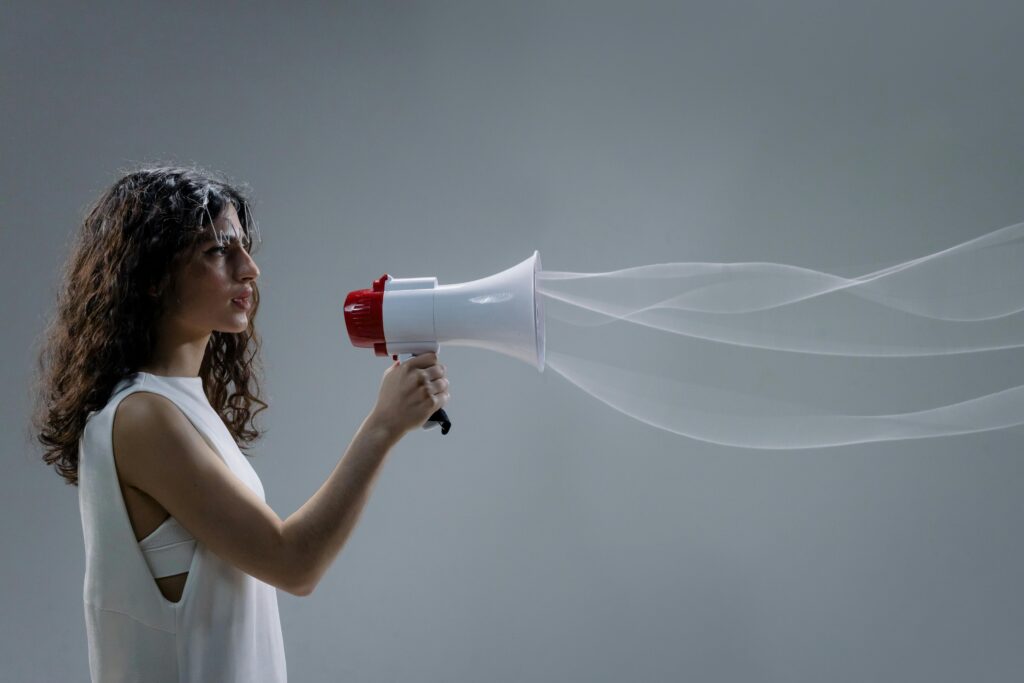Voice to Silence: The Wound of the Feminine in Australia’s Postcolonial Psyche
Introduction: A Voice Deferred
In Australia’s complex colonial legacy, women’s voices have often been marginalized—drowned out by dominant national narratives and patriarchal structures. The recent rejection of the Indigenous Voice to Parliament referendum (2023) resonated beyond politics, reactivating a deep psychic wound: the silencing of experiences, especially those shaped by intersections of gender, race, and class.
For many women—Indigenous, migrant, displaced, or historically excluded—silence becomes a survival strategy, chosen to avoid harm or disbelief. Yet silence is never mere absence. Psychoanalytically, it signals a knot in the psyche, holding back both personal stories and intergenerational trauma.
This article explores how women’s bodies, voices, and traumas manifest within Australia’s historical and social contexts—through war, migration, domestic life, and institutional neglect—and how psychoanalytic practice might foster recognition, validation, and repair.
The Female Order: Speaking Through Wound and Structure
The wounds carried by women in postcolonial Australia are both individual and structural. Trauma is embedded in systems of power, including:
The invisible suffering linked to militarized legacies of global and domestic conflict;
The structural silencing of survivors of sexual and domestic violence;
The ongoing intergenerational trauma of Indigenous women, marked by dispossession, child removal, and state violence.
These psychic wounds often somaticize as chronic pain, eating disorders, infertility, or dissociation—embodied cries where voice is denied.
Silence as Protection, Silence as Erasure
Silence often functions as defense—not a lack of speech but a refusal to risk exposure. Psychoanalytically, it represents the “unspeakable”: trauma so overwhelming or disbelieved that language feels dangerous.
Clinically, this can manifest as a “knot in the throat,” the moment before speech when emotion rises but meaning collapses. Analysts must attend not only to words but to silences as meaningful communications.
When silence is reinforced by systemic denial or neglect—such as ongoing failures to acknowledge Indigenous suffering or domestic violence—this constitutes structural violence, a “collapse of witnessing” that compounds trauma.
Mourning, Migration, and the Second Language of Loss
Migrant women frequently carry layered trauma: initial wounds of war or displacement compounded by cultural loss and linguistic displacement. Speaking trauma in a second language often fragments identity, disrupting mourning and delaying healing.
Intersectional factors—gender, race, class—intensify psychic dislocation. Many women find their grief outside dominant cultural narratives, leaving trauma unnamed and unseen.
War and the Domestic Battlefield
Australian women’s experiences of war extend beyond the battlefield—to roles as caregivers, refugees, peacekeepers, and increasingly, soldiers themselves. Yet the domestic sphere remains a primary site of conflict: fractured families, untreated PTSD, and communities living in ongoing trauma.
The military’s valorization of stoicism and hypermasculinity discourages expression of suffering. Women in these environments often become containers for unspoken pain—their own and that of others.
Analytic Space as Sanctuary
Psychoanalysis offers a rare space where silence is attended to without judgment and speech invited without demand. It can become a site for validation, repair, and recognition of truths long dismissed.
This is vital in cultures where female experience is flattened, mourning is unprocessed, and systemic violence unacknowledged. To speak one’s pain before a witness who stays present is an act of reclaiming voice from silence.
However, psychoanalysis must also decolonize itself—honoring intersections of race, gender, class, language, and trauma—and listen to silence as both symptom and historical testimony.
Conclusion: From Silence to Voice, From Wound to Word
The challenge in Australia is not only to amplify silenced voices but to transform the conditions that require silence. Women’s traumas—shaped by war, migration, structural oppression, and domestic pain—are not private but national narratives inscribed on body and psyche.
To bring voice to silence is an act of mourning, naming, and demanding symbolic space. It is to affirm that women’s bodies and truths matter, and that silence is not absence but the beginning of another language.
References
Herman, J. (1992). Trauma and Recovery. Basic Books.
Laub, D. (1995). “Truth and Testimony: The Process and the Struggle.” In Testimony, eds. Felman & Laub. Routledge.
Akhtar, S. (1995). “A Third Individuation: Immigration, Identity, and the Psychoanalytic Process.” Journal of the American Psychoanalytic Association.
Benjamin, J. (1998). Shadow of the Other: Intersubjectivity and Gender in Psychoanalysis.
Kristeva, J. (1982). Powers of Horror: An Essay on Abjection.
Australian Human Rights Commission (2023). Reports on Violence Against Women and Indigenous Rights.
Voice to Parliament Referendum Outcome (2023). Various media and government sources.
Al-Yaman, F. (2006). The Health and Welfare of Australia’s Aboriginal and Torres Strait Islander Peoples. ABS and AIHW.
